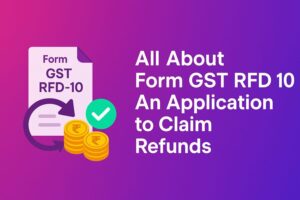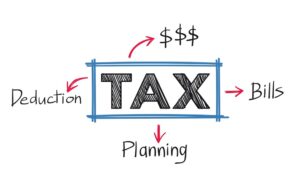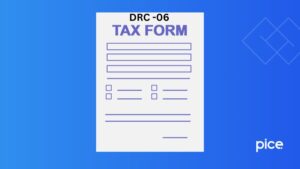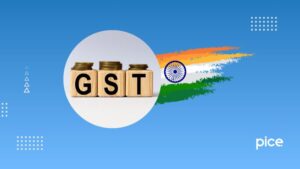CGTMSE Scheme: Full Form, Fees & How to Check Loan Eligibility
- 14 Feb 25
- 9 mins
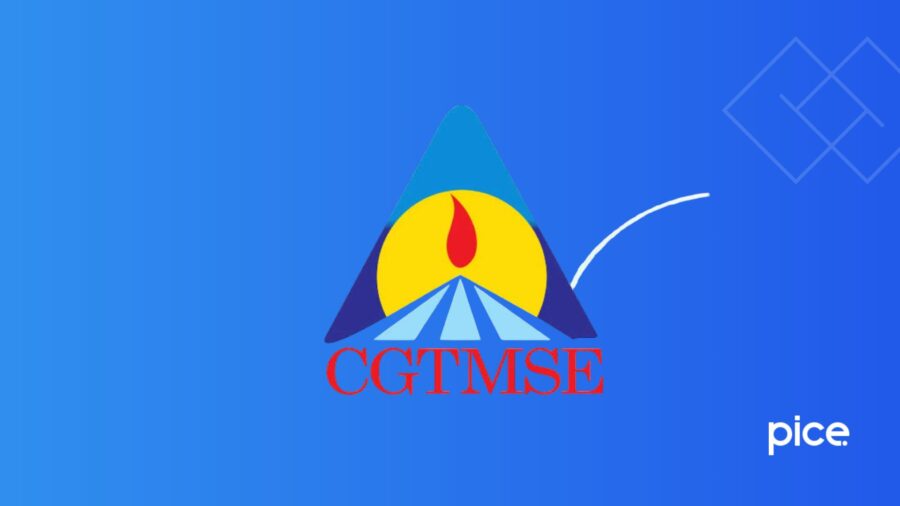
CGTMSE Scheme: Full Form, Fees & How to Check Loan Eligibility
Key Takeaways
- Collateral-Free Loans: MSMEs can secure loans without collateral under CGTMSE.
- High Coverage: Loan coverage ranges from 75% to 90%, up to ₹5 crore.
- Lower Lending Risk: CGTMSE reduces lender risks, boosting MSME funding.
- Affordable Guarantee Fees: Discounts available for women, SC/ST, PwDs, and priority regions.
- Easy Claim Process: Lenders can recover NPAs after an 18-month waiting period
Micro, Small, and Medium Enterprises (MSMEs) play an important role in the Indian economy. They are a major source of employment and revenue generation. In 2022-23, they accounted for 43.59% of India’s exports, while in 2019-20 and 2020-21, their share stood at close to 50%.
Despite their importance, MSMEs often face problems in accessing credit and raising funds. The RBI’s Expert Committee on Micro, Small and Medium Enterprises calculated a credit gap of ₹20 to ₹25 trillion in the MSME sector.
Lenders typically find it difficult to trust the financial and business strength of MSMEs. They think that if they give a loan to an MSME, there is a high chance they will not be able to recover it, thus leading to a non-performing asset (NPA). It is against this backdrop that the CGTMSE was conceived. Here’s how it meets the funding needs of MSMEs.
What Is CGTMSE?
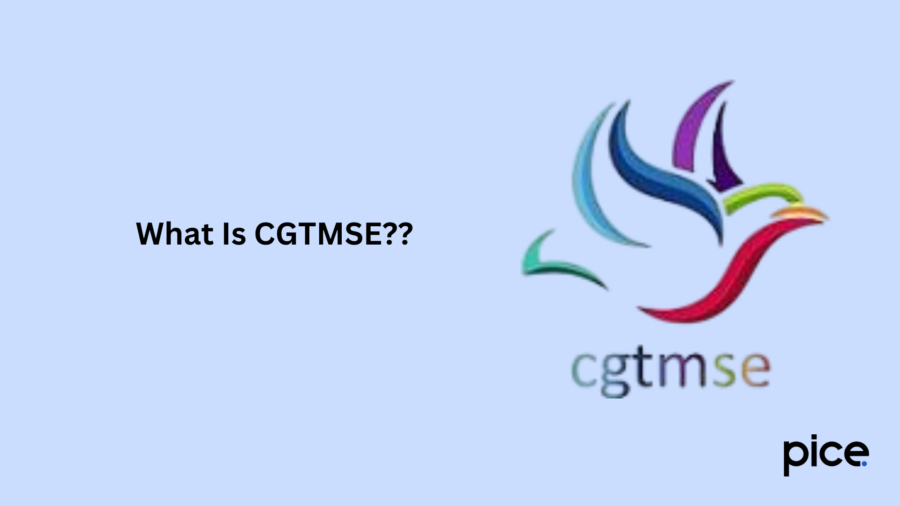
CGTMSE stands for Credit Guarantee Fund Trust for Micro and Small Enterprises. The Ministry of Micro, Small and Medium Enterprises (MoMSME) and Small Industries Development Bank of India (SIDBI) established it in 2000.
It was created to implement Credit Guarantee Schemes (CGS) for Micro and Small Enterprises (MSE). The Union Government and SIDBI contribute to the CGTMSE corpus in the ratio of 4:1. The credit facility is provided as per RBI guidelines.
Functioning of the CGTMSE
For small businesses and entrepreneurs, raising capital is important to start the business and keep it running. One of the ways to do so is to apply for a loan. But for many MSEs, it is difficult to provide the collateral or third-party guarantees required to get a loan.
It is this problem that the CGTMSE sought to solve. The scheme aims to provide collateral-free credit to MSEs. Under the scheme, a lender is guaranteed that if an MSE unit borrowed collateral-free credit and failed to repay it, the CGTMSE would cover the lender’s loss.
Depending on the loan amount and the category the borrower belongs to, the scheme covers 75% to 90% of the loan amount. It reduces the risk of lending, thus giving MSEs such as a limited company greater access to credit.
CGTMSE Scheme Eligibility Criteria
Micro and small enterprises in the manufacturing and services sector are eligible for credit under the scheme. However, there are some notable exclusions as well. These include:
- Self Help Groups (SHGs)
- Joint Liability Group (JLG)
- Agricultural activities
The top 10 banks in terms of credit guarantee cover include HDFC Bank and Union Bank of India. The following types of institutions can participate as lenders under the scheme:
- Scheduled Commercial Banks (SCBs), including foreign banks.
- Regional Rural Banks (RRBs)
- Small Finance Banks (SFBs)
- National Small Industries Corporation (NSIC)
- North Eastern Development Finance Corporation Ltd. (NEDFi)
- Small Industrial Development Bank of India (SIDBI)
- Non-Banking Financial Companies (NBFCs)
Documents Required To Apply for CGTMSE Coverage
Here is a list of documents businesses, such as service enterprises, are likely to be asked to submit to apply for coverage under the scheme:
- Filled application form for the loan
- Copy of loan approval
- ID proof
- Documents related to the incorporation and registration of the business
- Business project report
- Financial statements such as monthly statements
- Documents related to personal property
- Latest annual report
Note that the exact documents you would need to submit can vary from lender to lender. Therefore, we recommend that you consult with your lending institution to know which documents you need to submit to apply for CGTMSE coverage. The rules may change from time to time.
How Much Coverage Is Available Under CGTMSE?
Here’s a table that shows how much coverage is available under CGTMSE for different categories of borrowers:
| Category | Extent of coverage according to loan amount | ||
| Up to ₹5 lakh | Over ₹5 lakh and up to ₹50 lakh | Over ₹50 lakh and up to ₹5 crore | |
| Micro enterprises | 85% | 75% | 75% |
| MSEs in North East Region, UT of Jammu & Kashmir and UT of Ladakh | 80% | ||
| Women Entrepreneurs | 90% | ||
| MSEs promoted by Agniveer | 90% | ||
| SC/ST entrepreneurs / Person with Disability (PwD)/ MSEs situated in Aspirational District / ZED certified MSEs | 85% | ||
| Borrowers from other categories | 75% | ||
From December 15, 2023, the extent of coverage for MSEs in Identified Credit Deficient Districts (ICDDs) is 5% more than the standard CGTMSE coverage.
Annual Guarantee Fee for CGTMSE

Since April 2023, the following Annual Guarantee Fee (AGF) has been applicable for CGTMSE:
| Slab | Standard Rate (per annum) | Fee Rate after Discount | Fee Rate with Risk Premium | |||
| -10% | 15% | 30% | 50% | 70% | ||
| ₹0 to 10 lakh | 0.37% | 0.33% | 0.43% | 0.48% | 0.56% | 0.63% |
| ₹10 to 50 lakh | 0.55% | 0.50% | 0.63% | 0.72% | 0.83% | 0.94% |
| ₹50 lakh to 1 crore | 0.60% | 0.54% | 0.69% | 0.78% | 0.90% | 1.02% |
| ₹1 to 2 crore | 1.20% | 1.08% | 1.38% | 1.56% | 1.80% | 2.04% |
| ₹2 to 5 crore | 1.35% | 1.22% | 1.55% | 1.76% | 2.03% | 2.30% |
Note that the AGF may change from time to time.
As per the CGTMSE scheme, the Member Lending Institutions (MLIs) can bear the AGF themselves or pass it on to the borrower.
For the 1st year, the AGF is charged on the guaranteed amount and for the remaining tenure on the outstanding amount.
MLIs with a good portfolio can get a discount of 10% on the standard rate (SR). However, MLIs with a high-risk portfolio could be charged up to 70% of the SR.
The following table shows the category of borrowers, such as who can get a relaxation on the AGF:
| Category | Concession Rate |
| Women/SC/ST/ Person with disability (PwD)/ Agniveers | 10% |
| North East Region including Sikkim, UT of Jammu & Kashmir, UT of Ladakh ( Up to ₹50 lakh)/ Aspirational district/ Identified Credit Deficient Districts (ICDD) | 10% |
| ZED Certified | 10% |
Benefits of CGTMSE Coverage
As an eligible borrower, you can take advantage of several key benefits offered by guarantee cover. Here’s an overview of what you can expect and how you can maximize these opportunities.
- Enhanced Financial Accessibility: CGTMSE allows entrepreneurs to focus on their ventures without the stress of term loan repayments. It liberates them from the fear of failure.
- No Collateral Required: MSEs can secure loans without the need for collateral security or third-party guarantees. It makes it easier to use credit facilities.
- Reduced Risk for Lenders: CGTMSE helps mitigate risks for financial institutions when they extend loans to small and medium enterprises. Thus, it creates a healthy lending environment where lenders are motivated to lend to SMEs.
- Support for Entrepreneurship: This initiative fosters business growth and encourages entrepreneurial activities among small and medium-sized businesses.
- Affordable Guarantee Fees: A low AGF helps lower the overall cost of borrowing. It makes capital facilities easily accessible.
- Flexible Repayment Options: The scheme offers manageable repayment terms without penalties for early repayment. It gives borrowers more control and flexibility in handling their finances.
How to Apply for CGTMSE Coverage?
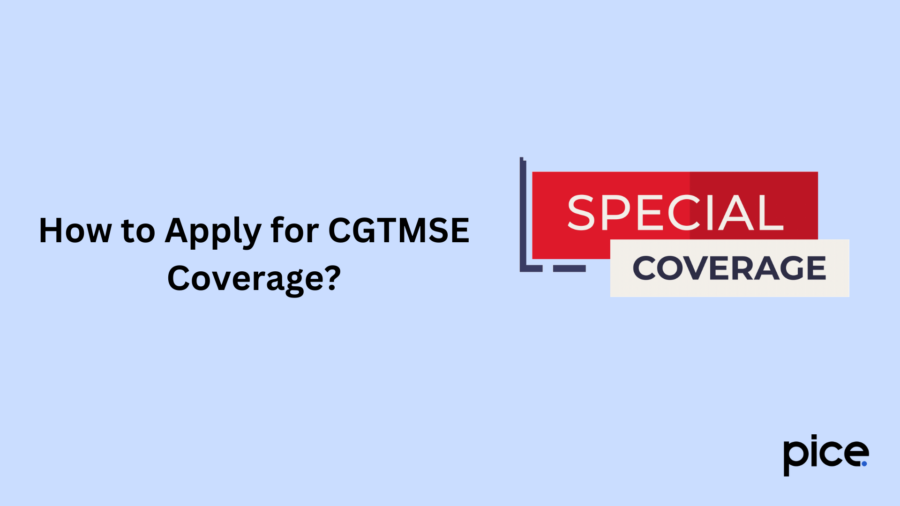
Here are the steps to apply for the CGTMSE scheme:
- Establish Your Business Entity
Create a business entity. Get all necessary approvals and tax registrations to start your business.
- Make a Business Project Report
Prepare a detailed business project report. It must outline the components of your business. This document should cover:
- Business Model: Describe how your business will operate.
- Promoter Profile: Provide background information on the individuals behind the project.
- Projected Financials: Present your financial forecasts and expectations.
- Submit Your Loan Application Form
The bank will process your loan application upon submission. During this phase, they will evaluate the feasibility of your application, conduct their assessments and approve the loan according to their lending criteria.
- Secure Guarantee Coverage
Once the lender approves the loan, it has to apply for the CGTMSE cover. If the bank passes on the AGF to you, you will have to pay it along with the service charges.
Claim Settlement Procedure
When eligible borrowers fail to repay their loans, lenders need a clear process to get their money back. This is called a 'claim settlement procedure’. It protects lenders from losing money.
After the last loan installment is disbursed, there's an 18-month waiting period. During this time, if the loan turns into an NPA, lenders can apply under the CGTMSE to raise a claim to recover the loan.
Conclusion
The CGTMSE makes it easy for business owners to access loans. Since April 2023, the maximum coverage limit has been raised to ₹5 crore. Earlier, it was ₹2 crore. The limit for waiver of legal action has been raised to ₹10 lakh from ₹5 lakh. The scheme achieved the milestone of approving guarantees worth ₹1 lakh crore in FY 22-23.
💡If you want to streamline your payment and make GST payments via credit card, consider using the PICE App. Explore the PICE App today and take your business to new heights.









